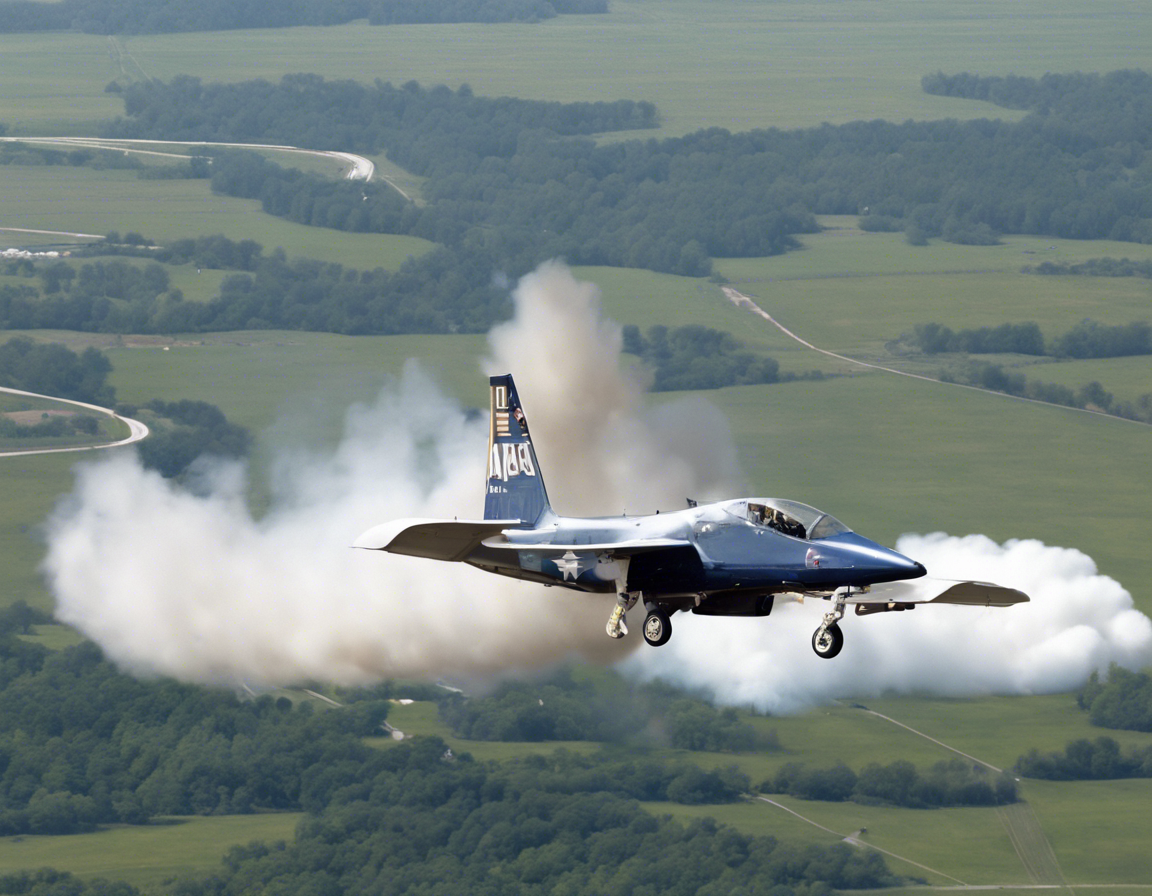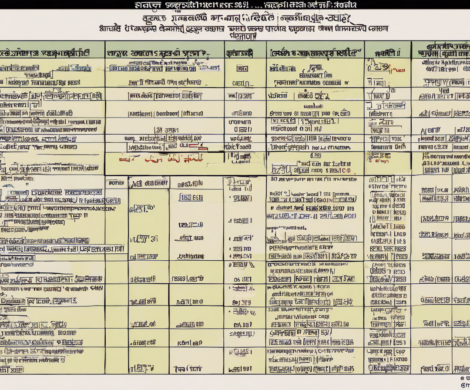Air Force Trainer Aircraft Crash: What Happened?

Introduction
The recent crash of an Air Force trainer aircraft has once again brought the spotlight on the risks and challenges faced by pilots during training missions. While such incidents are relatively rare, they can have a significant impact on both the personnel involved and the public’s perception of military aviation safety. In this article, we will explore the details surrounding the crash, the potential causes, and the implications for training programs moving forward.
Details of the Crash
On [date], an Air Force trainer aircraft [model] crashed in [location] during a routine training exercise. The aircraft was [describe the condition of the aircraft], resulting in [number] fatalities/injuries. The crash site was [describe the location and surrounding circumstances].
Eyewitnesses reported [details from eyewitnesses] as the aircraft went down. The responding emergency teams arrived [describe response time and actions taken]. The [insert official statements from Air Force or relevant authorities] have confirmed the incident and initiated an investigation into the crash.
Possible Causes
While investigations into aircraft crashes can be lengthy and complex, several potential causes are typically considered. These include:
-
Pilot Error: A leading cause of aircraft accidents, pilot error can encompass a range of mistakes, from incorrect navigation to poor decision-making under pressure.
-
Mechanical Failure: Malfunctions in the aircraft’s systems or components can lead to catastrophic consequences. Regular maintenance and inspections are critical in preventing such failures.
-
Weather Conditions: Adverse weather, such as strong winds, low visibility, or thunderstorms, can significantly impact flight safety, especially during training exercises.
-
Human Factors: Fatigue, stress, or distractions can impair pilot performance and decision-making, increasing the likelihood of accidents.
-
Training Procedures: Inadequate training programs or insufficient adherence to safety protocols can contribute to mishaps during training flights.
Implications for Training Programs
The crash of an Air Force trainer aircraft serves as a grim reminder of the risks inherent in military aviation training. In response to such incidents, training programs may undergo reviews and revisions to enhance safety measures and prevent future accidents. Some potential implications include:
-
Enhanced Safety Protocols: Strengthening safety protocols and procedures to minimize risks during training exercises.
-
Improved Pilot Training: Enhancing pilot training programs to include advanced simulation technology and scenario-based learning to better prepare pilots for real-world challenges.
-
Mechanical Inspections: Implementing more rigorous inspection protocols to detect and address potential mechanical issues before they compromise flight safety.
-
Weather Monitoring: Utilizing advanced weather forecasting tools to ensure that training missions are conducted under safe weather conditions.
-
Human Factors Training: Incorporating training on human factors such as decision-making, stress management, and situational awareness to improve pilot performance.
Frequently Asked Questions (FAQs)
-
What is a trainer aircraft?
A trainer aircraft is a type of aircraft used for pilot training and instruction purposes. These aircraft are designed to be stable and easy to fly, allowing new pilots to learn essential skills before transitioning to more complex aircraft. -
How common are aircraft crashes during training exercises?
Aircraft crashes during training exercises are relatively rare but can have significant consequences due to the nature of military aviation. Robust safety measures and continuous training improvements aim to reduce the risk of such incidents. -
What role does the investigation play after an aircraft crash?
Investigations into aircraft crashes are crucial for determining the causes, identifying any systemic issues, and implementing preventive measures. These investigations involve examining flight data, conducting interviews, and analyzing the wreckage. -
How do pilot error and mechanical failure contribute to aircraft crashes?
Pilot error, such as misjudging altitude or speed, can lead to accidents, while mechanical failures in critical systems like engines or controls can result in loss of control. Preventive maintenance, regular training, and adherence to procedures help mitigate these risks. -
What advancements have been made in pilot training to enhance safety?
Pilot training has evolved with the integration of advanced simulators, virtual reality technology, and scenario-based exercises that simulate real-world challenges. These tools help pilots develop skills, improve decision-making, and enhance safety during training and actual flights.
In conclusion, the recent crash of an Air Force trainer aircraft underscores the complexities and risks associated with military aviation training. By investigating the incident, identifying potential causes, and implementing necessary changes, the aim is to enhance safety measures, improve training programs, and prevent future accidents. Continuous vigilance, adherence to protocols, and a commitment to excellence are paramount in ensuring the safety of military pilots and personnel.






